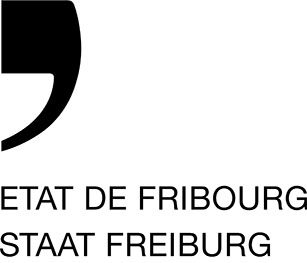Foreword
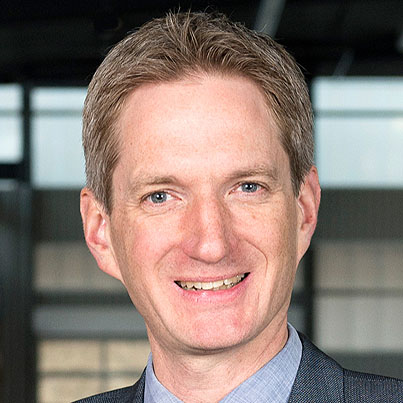

2018 has been an important milestone for the Smart Living Lab, as it marks its fifth anniversary and the end of the first chapter of its history. The Building2050 research projects, whose mission was to prepare the design of the future Smart Living Lab Building, have now been completed and their results translated into the MEP (Parallel Studies Mandate) tender document, which was launched at the beginning of the year. Four interdisciplinary teams made up of architects and engineers came through an international selection and produced a draft MEP as part of an innovative, collaborative, and open competition. The Canton of Fribourg reiterated its commitment to the project, allocating CHF 25 million for construction of the building.
Two new EPFL labs were created on the Fribourg site, and a third HEIA-FR institute joined the Smart Living Lab. In this context, the Building2050 group has repositioned itself as a support body for research.
The NeighborHub returned to Fribourg following its victory at the Solar Decathlon competition in the United States in 2017, and was opened at the heart of the blueFACTORY site. The social, cultural, and scientific activities that are organized there allow people to participate in neighbourhood life and in the research carried out within the Smart Living Lab. A spin-off was even launched by former solar decathletes in order to expand the concept of being a sustainable activator.
In terms of promotion, the Smart Living Lab was introduced to the general public as guest of honour at the Energissima fair in 2018. Its activities have gained more visibility thanks to its new website, which was completely updated in 2018.
Anne-Claude Cosandey, who led the project as head of operations, handed over the baton at the end of the year. Her commitment was a key factor in implementing the research centre’s work from the very beginning, setting up its facilities and building up the team before expanding the new research groups’ activities to their full extent, as well as developing partnerships with both the private and public sectors. The success of this first phase and the vital contribution of Anne-Claude Cosandey to the implementation of the Smart Living Lab have been unanimously acclaimed.
This annual report summarizes the highlights and key milestones of the Smart Living Lab during 2018. We will now take new steps that will further shape the lab’s identity, thanks to the project definition of the building. We hope that the research that has been made possible thanks to the Smart Living Lab’s unique framework will continue to support innovation locally and to be promoted internationally.
Martin Gonzenbach, Director of Operations
Marilyne Andersen, Academic Director
Highlights
The Smart Living Lab in a nutshell
The Smart Living Lab is a research and development centre for the future of the built environment. Its activities are driven by the well-being of its users, energy efficiency, and digital transformation.
The Smart Living Lab brings together the combined expertise of the EPFL, the School of Engineering and Architecture of Fribourg (HEIA-FR), and the University of Fribourg (UNIFR) in the areas of construction technologies, well-being and behaviours, interactions and design processes, and energy systems for the built environment.
This living lab hosts interdisciplinary research projects involving users and companies as well as researchers, and is located in the blueFACTORY innovation site at the heart of the Switzerland Innovation Park (SIP) Network West EPFL. The construction of an experimental building for the Smart Living Lab on this site is slated for 2020.
Spotlight on research
Research domains

Well-being and behaviours
Improve human health and comfort by optimizing indoor environmental quality and influencing behaviours in a positive way.

Construction technologies
Monitor resource efficiency and accelerate processes of change in construction.

Interactions and design processes
Understand and structure dialogue among stakeholders in the building lifecycle to develop the tools to design, model, and operate buildings.

Energy systems
Develop smart energy-efficient systems and technologies, improve their management, and anticipate legal and economic impacts.
New research groups
TEBEL contributes to the overall energy goal of Swiss and global society and to the advancement of thermal engineering for the built environment by following a holistic approach – examining the entire chain of energy conversion, from primary resources to end use by building occupants.
HOBEL’s research is based on maintaining a sustainable and healthy built environment, focusing on indoor air quality and distribution, ventilation systems, human exposure to atmospheric pollution, the dynamics of airborne pollutants inside buildings, thermal comfort, and energy efficiency.
iTEC develops methods, technological processes and products in the field of civil engineering and the built environment. In the context of the Smart Living Lab, the Institute’s competences and specialties lie in construction technologies and processes. The Institute has already been involved in design work, modelling, and digital simulation, as well as both small-scale and full-scale testing of solutions for reducing the embodied energy of construction elements and their broader environmental impact.
Research projects


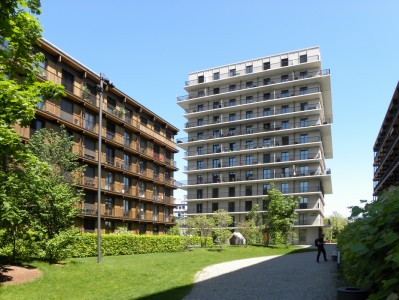



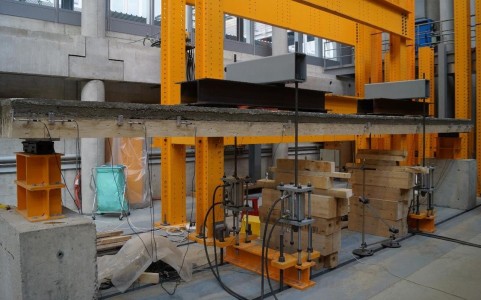

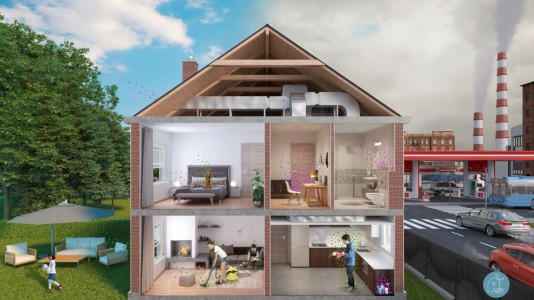

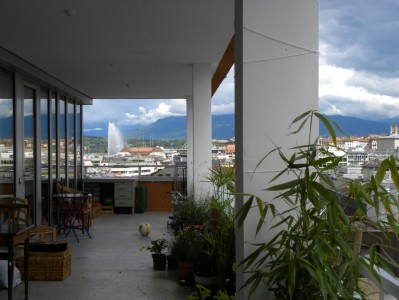







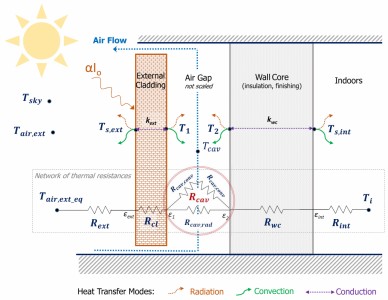





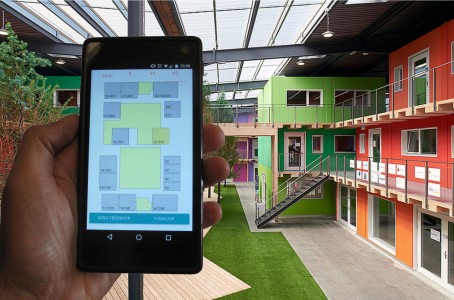











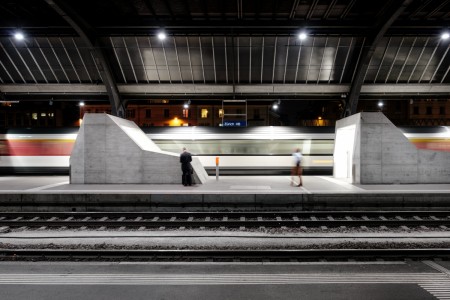

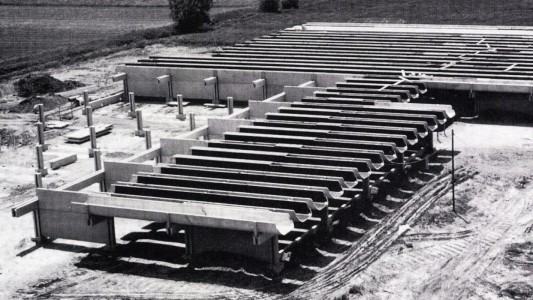



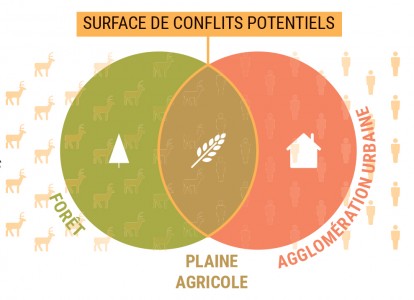










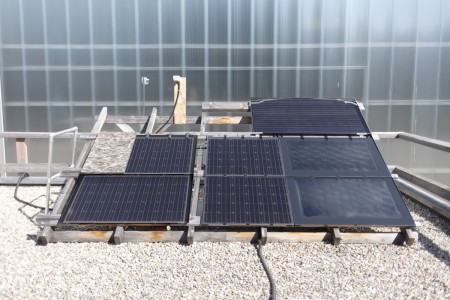

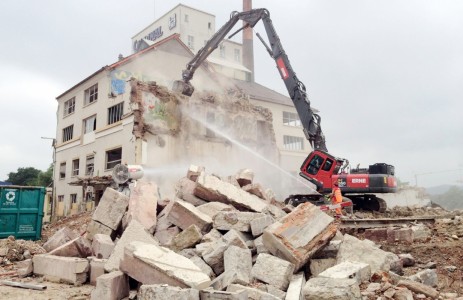







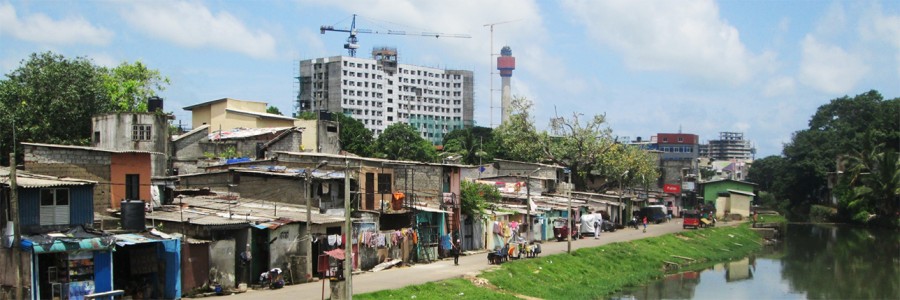

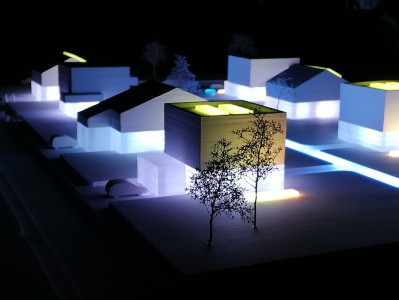

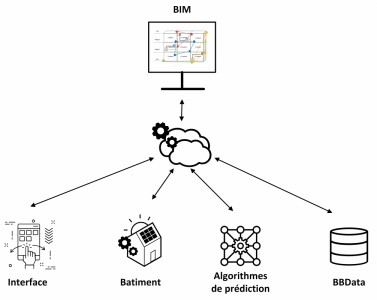





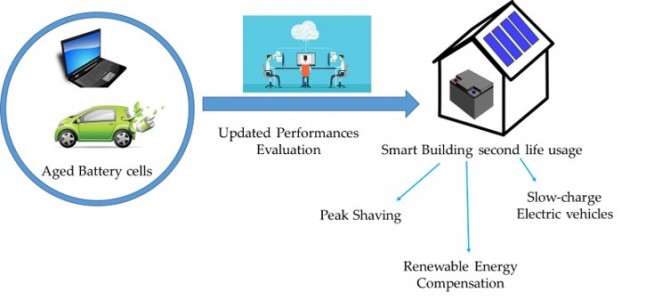

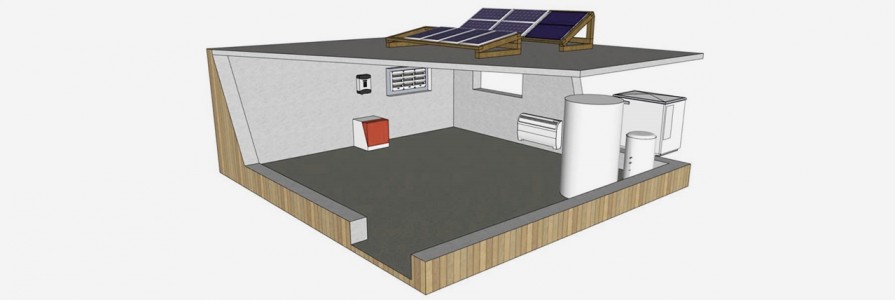


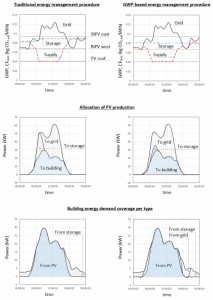






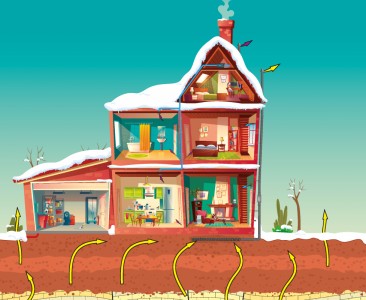
















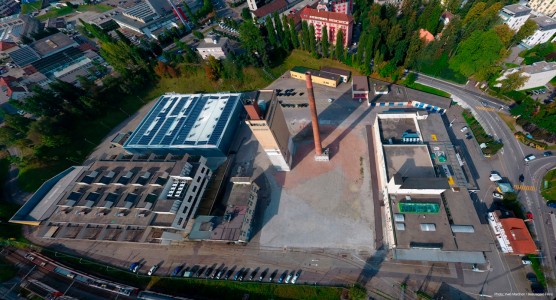





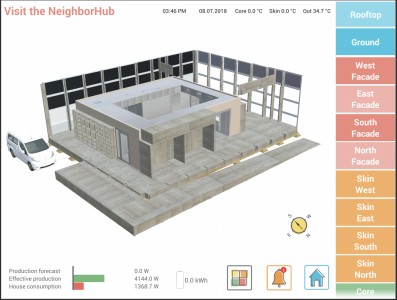



















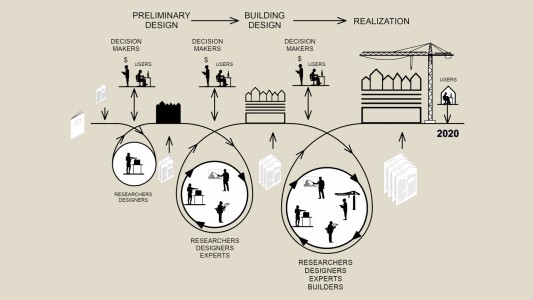







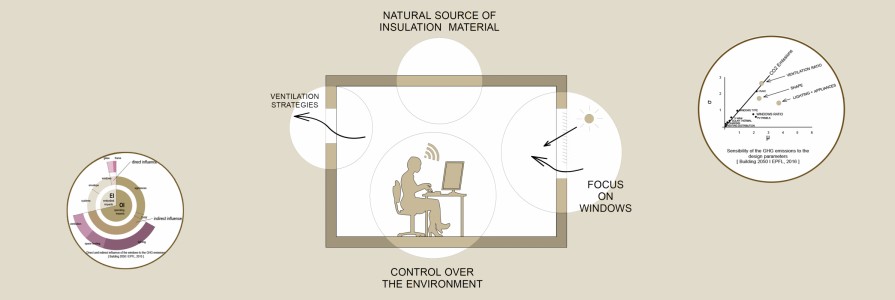


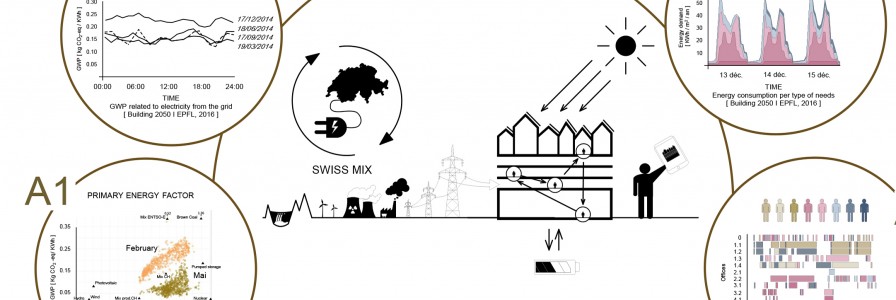


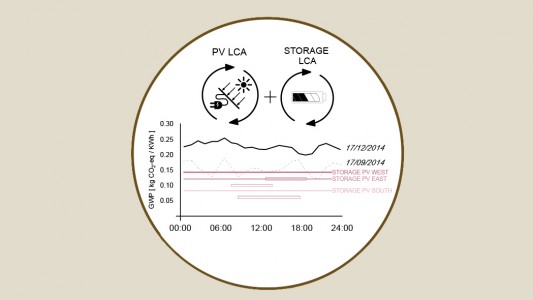
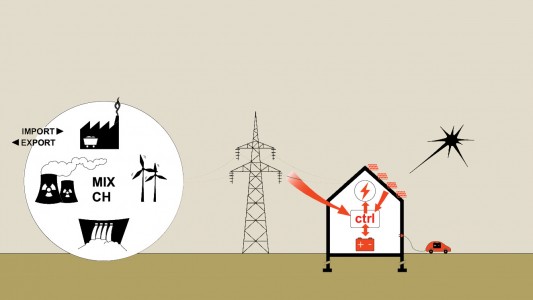
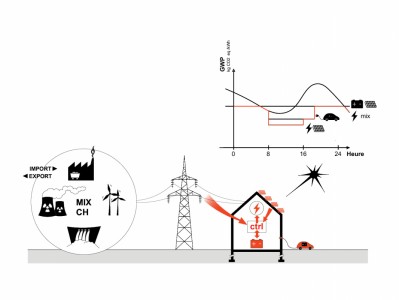








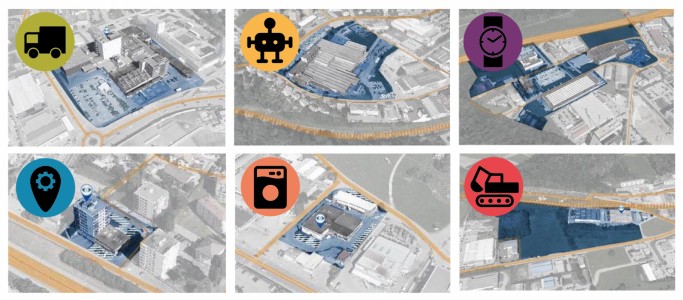



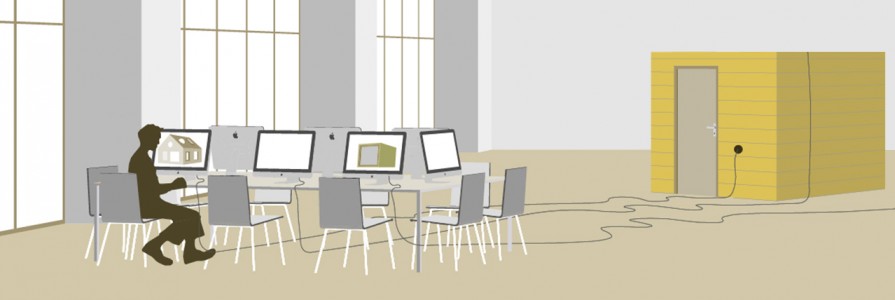







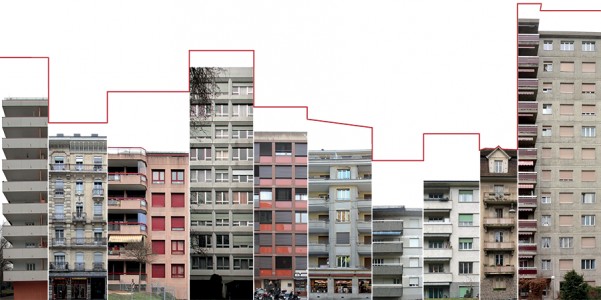







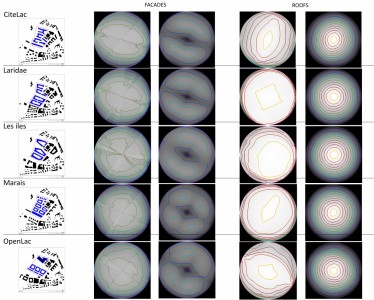







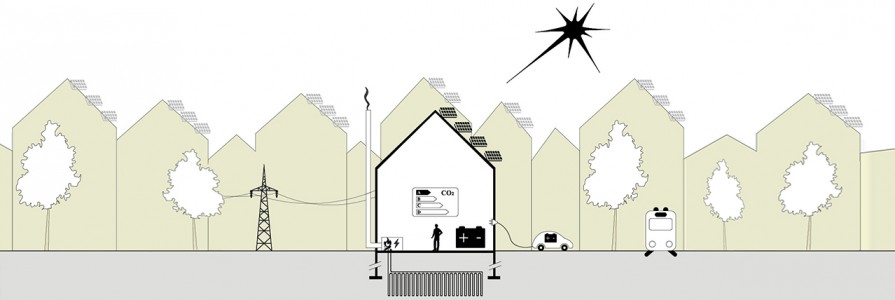









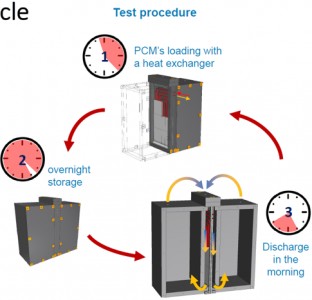









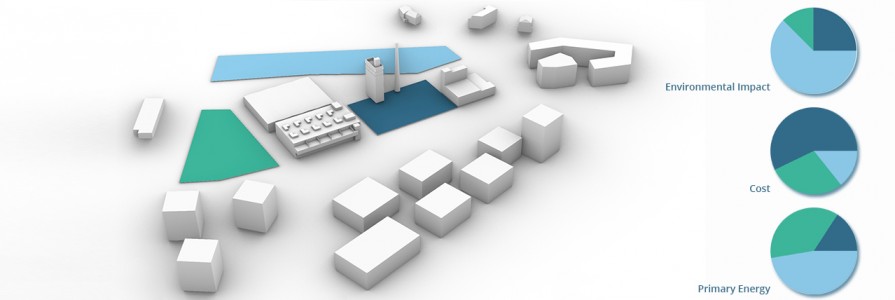

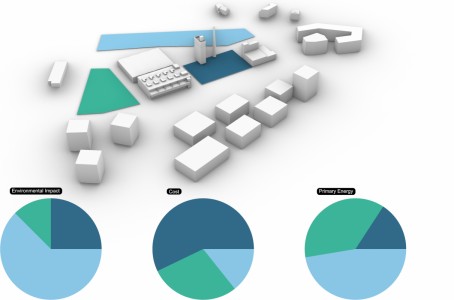






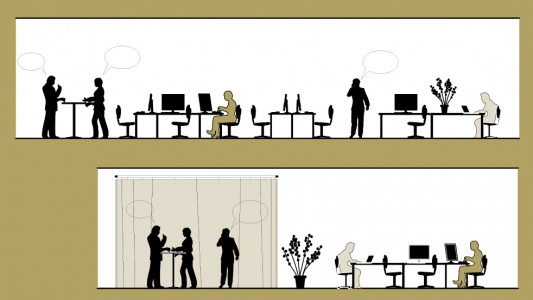
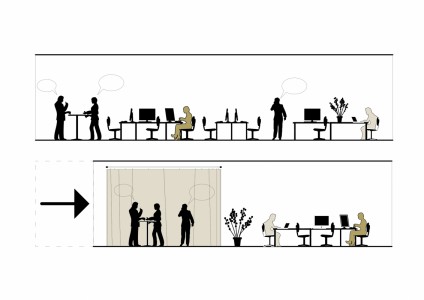
Flagship projects
NeighborHub – the Swiss solar house opens its doors to the public in Fribourg
Winner of the Solar Decathlon international competition in Denver (USA) in 2017, the NeighborHub was built at the Smart Living Lab, on the blueFACTORY site in Fribourg. The Swiss solar house was designed by students and teaching staff from four higher education institutions (EPFL, HEIA-FR, HEAD, and UNIFR). The solar house offers a new collective and environmental way of living, and is intended to be a meeting place for citizens wishing to develop solutions to facilitate a more sustainable future. A genuine research prototype, the NeighborHub allows the Smart Living Lab to conduct experiments related to energy management, comfort, and user interaction.
The NeighborHub was officially opened on April 12, 2018, in the presence of the President of the Swiss Confederation, Alain Berset, the President of the Federal Republic of Germany, Frank-Walter Steinmeier, Federal Councillor Doris Leuthard, and politicians from the Canton of Fribourg.
Almost 1,500 visitors attended the public event on April 28 and 29 to learn about various aspects of the building in detail, including construction and logistics, architecture, engineering, and water management. Since September 2018, Martin Schick, the blueFACTORY’s cultural manager, has been using the solar house as his playground, holding a variety of workshops organized around the themes of information, exchange, research, and demonstration.
More info on : NeighborHub
Smart Living Lab Building – launch of a Collaborative Parallel Studies Mandate (MEP)

On June 19, 2018, the Grand Council of Fribourg made an appropriation vote of 25 million Swiss francs for the construction of the Smart Living Lab Building. In 2020, this experimental building will be completed on the blueFACTORY site. A pioneer in the efficient use of available resources, this ambitious project is 30 years ahead of its time in implementing the Swiss 2050 environmental energy objectives, in accordance with the concept developed by the 2000-Watt Society. On September 14, 2018, the Smart Living Lab and Bluefactory Fribourg-Freiburg SA launched an open call for applications for the design of the new building through a tender document known as a Collaborative Parallel Studies Mandate (MEP). In total, 23 project submissions were received from five different countries, and four interdisciplinary groups were selected to participate in the MEP:
- Baumschlager Eberle Architekten AG, Dr. Lüchinger + Meyer Bauingenieure AG, Lauber IWISA AG, B+S AG
- Behnisch Architekten, Drees & Sommer Schweiz AG, ZPF Ingenieure AG
- estudioHerreros SLP, Dr. Schwartz Consulting AG, Transplan Technik-Bauplanung Gmbh, Transsolar Energietechnik Gmbh, xmade Gmbh
- Itten + Brechbühl SA, CSD Ingénieurs
On December 14, 2018, an initial information session brought together a panel of experts to evaluate the future projects and the selected applications. They showed great receptivity in this innovative process, which consisted of several open dialogues in the presence of all participants up until June 2019, with the aim of more effectively integrating the results of the three years of prior research carried out around the building. The winner and the preliminary draft will be announced at the beginning of July, 2019.
More info on : Smart Living Lab Building
Organization
A joint Steering Committee handles the strategic management of the Smart Living Lab on behalf of all partner institutions, and an Operational Committee is in charge of implementation. The Scientific Commission brings together the academic staff of all the Smart Living Lab’s research groups, and is chaired by an EPFL professor. In December 2018, it was decided that the Operational Committee would become the Executive Committee, co-chaired by the Academic Director and the Operational Director of the Smart Living Lab, as of January 2019.
More info on : Organization (as of 2019)
Promotional activities
Events in 2018
Media coverage in 2018
Finances
Smart Living Lab’s consolidated financial report
Partners
Comprised of over 300 labs and research groups on its campus, the Swiss Federal Institute of Technology Lausanne (EPFL) is among the most productive and innovative research institutions worldwide. Ranked in the top three at European level and in the top 20 globally according to several scientific ranking lists, EPFL has drawn some of the best researchers in their fields. EPFL has a unique organizational structure designed to stimulate transdisciplinary research and to encourage partnerships with other institutions.
Located in the heart of a bilingual region, culturally rich and ideally situated, the School of Engineering and Architecture of Fribourg (HEIA‐FR) trains future engineers and architects holding a Bachelor’s or Master’s degree from Swiss universities of applied sciences. This state-of-the-art school offers university-level training based on professional practice. Recognized by the public and local businesses for its many applied research activities, the school contributes to innovation activity and allows the Canton of Fribourg to project itself on both a technological and scientific level.
Founded in 1889, the University of Fribourg (UNIFR), is the only bilingual university in Switzerland and has a strong international tradition. It operates as a cutting-edge scientific and teaching centre, with a strong human-centred approach that covers a wide range of disciplines in five different faculties. Nearly 10,000 Bachelor’s, Master’s, and PhD students benefit from its excellent infrastructure and its many educational opportunities.
It is worth mentioning that the Smart Living Lab project is the first of its kind in Switzerland. It brings together knowledge from several institutions in a single location at the heart of a city. The research facility offers a unique infrastructure for the rapid transfer of key expertise to the construction industry. For the Canton of Fribourg, whose construction industry is a major pillar, the presence of a centre of national and international outreach reinforces its economic fabric by offering many new competitive advantages.


 Français
Français Deutsch
Deutsch
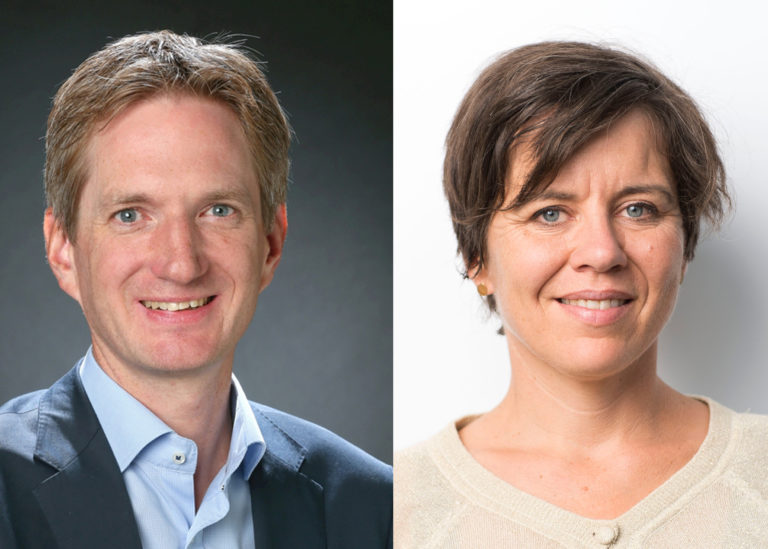

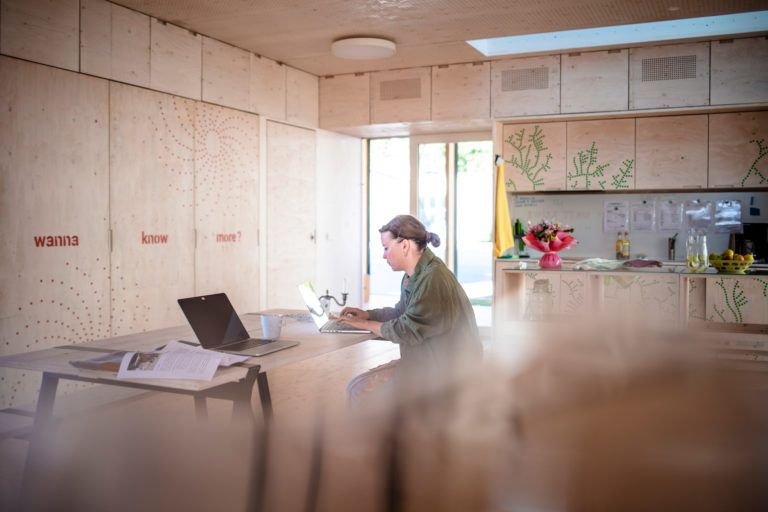

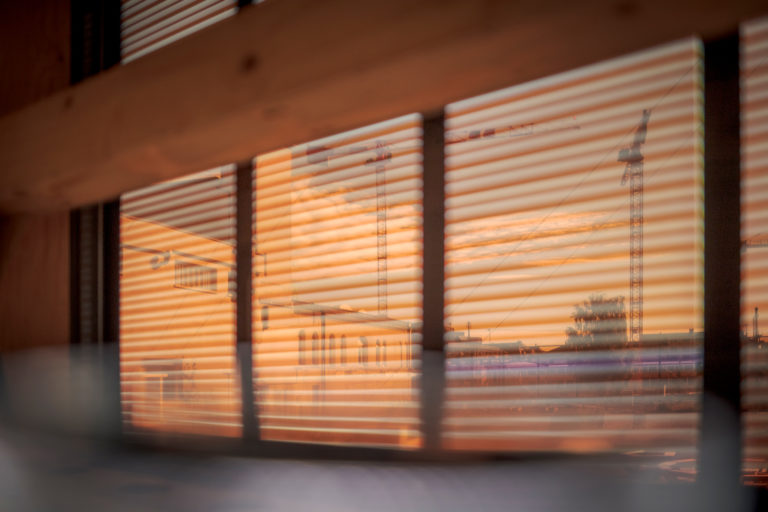
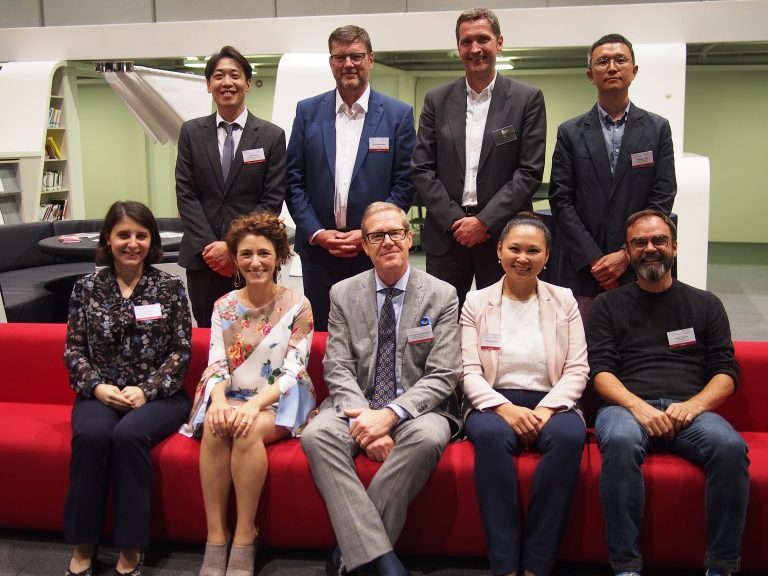
 Thermal Engineering for the Built Environment Laboratory (TEBEL), Prof. Dolaana Khovalyg
Thermal Engineering for the Built Environment Laboratory (TEBEL), Prof. Dolaana Khovalyg Human-Oriented Built Environment Lab (HOBEL), Prof. Dusan Licina
Human-Oriented Built Environment Lab (HOBEL), Prof. Dusan Licina The Institute of Construction and Environmental Technology (iTEC), Prof. Daia Zwicky
The Institute of Construction and Environmental Technology (iTEC), Prof. Daia Zwicky



